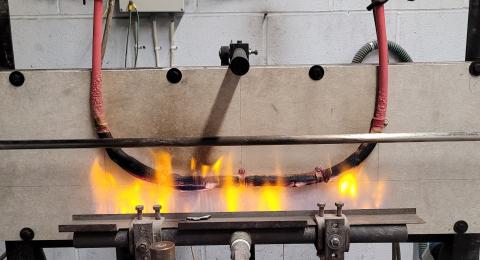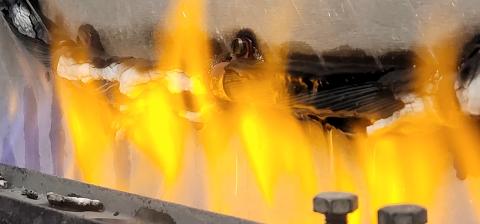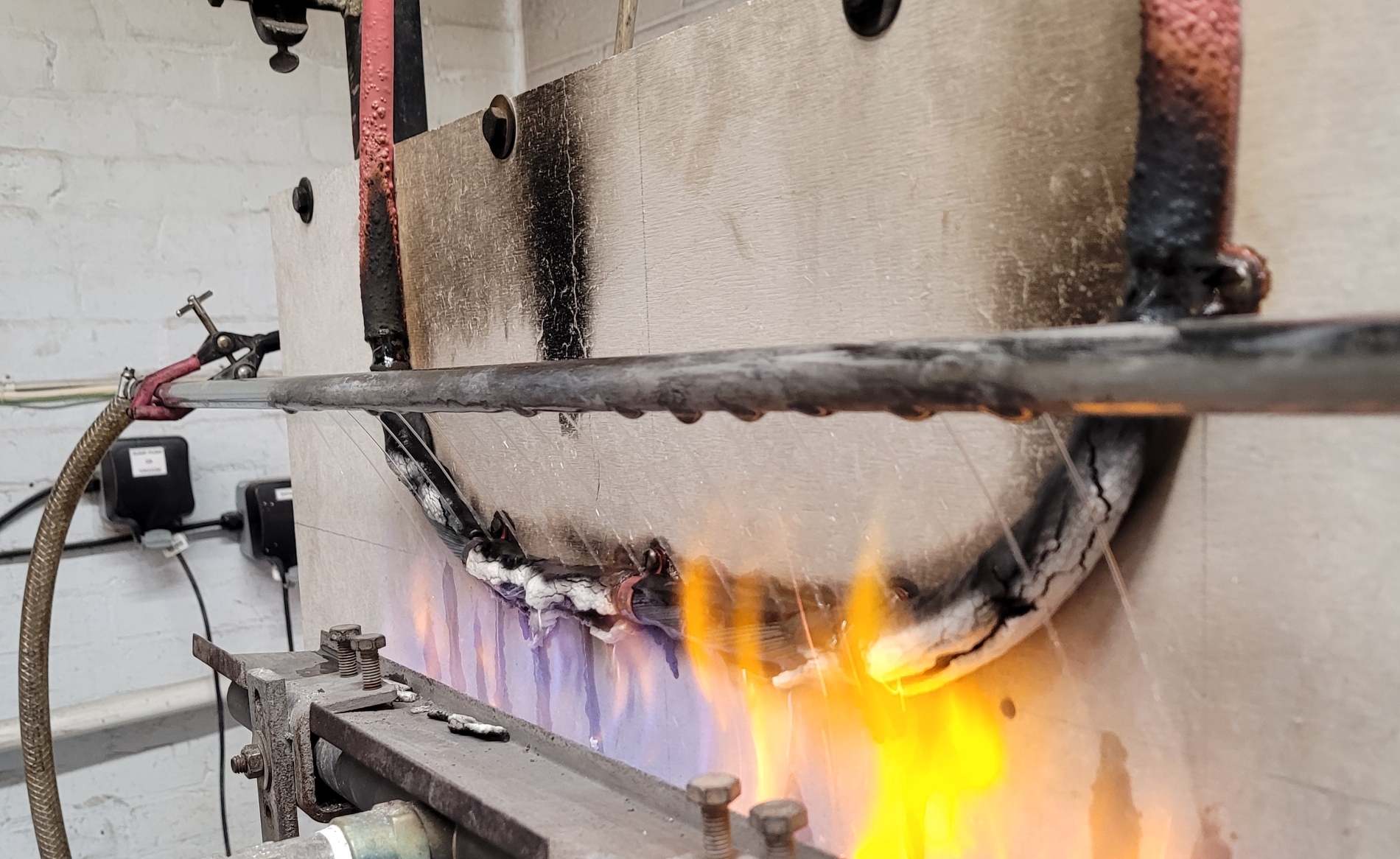What's changed since the CWZ test?
Ensuring cables used in life safety and fire fighting equipment maintain their circuit integrity during a fire is paramount. Let’s look at the CWZ category fire tests and the new testing requirements for fire resistant cables.
Fire resistant cables play a vital role in maintaining critical systems during a fire emergency. In the UK, the CWZ category fire tests, which are three test variations within BS 6387, have been pivotal in defining the performance of these cables. However, BS 6387 is an old cable fire test and all the codes of practice for fire resistant cables including BS 5839-1/6/8/9, BS 8629, BS 8519, BS 5266-1, ask for other criteria so it’s no longer called for. So, what are the CWZ tests and how has the testing of fire resistant cables changed?
What is the CWZ cable specification?
BS 6387 is the Specification for performance requirements for cables required to maintain circuit integrity under fire conditions, and it contains a set of separate fire, water and shock tests and the highest grade is CWZ. In order to meet CWZ according to BS 6387, the cable must pass the following three separate tests:
- Resistance to fire (C): This direct flame test assesses the cable’s ability to maintain circuit integrity during a fire. It is tested at a temperature of 950ºC for three hours.
- Resistance to fire and water (W): This test assesses the cable’s resistance to flame at 650ºC for 30 minutes and then the spray is turned on to give exposure to both fire and water for a further 15 minutes.
- Resistance to fire and mechanical shock (Z): The third and final test assesses the cable’s resistance to flame and indirect impact. It is tested at a temperature of 950°C for 15 minutes, while the backing panel is struck with a steel bar with the same diameter as the cables every 30 seconds for the duration of the test.
Current fire resistant tests

FP500 cable test.
However, as previously mentioned, BS 6387 is no longer required by codes of practice in the UK and therefore, is no longer needed for cables in fire detection, fire alarm or emergency lighting systems. These cables now need to go through more stringent assessments. What’s interesting to note, is that the CWZ tests would be conducted on different samples of cable, whereas the current tests are made on the same sample of cable at the same time. So, what are the current tests required by BS 8519 – the Code of Practice for fire resistant power and control cable systems for life safety, fire fighting, and other critical applications?
BS EN 50200
Originally developed as the European Norm (EN) standard with contributions from UK experts provided by the British Standards Institution (BSI), this standard was subsequently embraced by BSI and released as the British Standard European Norm (BS EN) in the year 2000. The current revision is 2015 which superseded the previous (2006) version.
This fire test standard focuses on the testing of small cables, specifically those with a diameter of up to and including 20mm, subjecting them to exposure to a direct flame with a temperature of 830°C and a mechanical shock. The shock is provided by a steel bar striking the predefined backboard the cable is fixed to every five minutes throughout the duration of the test. The testing is conducted over various timeframes: 15, 30, 60, 90, and 120 minutes and the cable's integrity is classified as PH15, PH30, PH60, PH90, or PH120, depending on whether it passes the test, by maintaining circuit integrity.
In the 2006 revision, a notable update integrated the water spray component from BS 8434-1 into Annex 'E' of the standard. As a result, 'standard' fire-resistant cables, as stated in BS 5839-1, are required to attain PH30 and comply with Annex 'E' of BS EN 50200. This requirement was retained in the 2015 revision and is still relevant. Additionally, in BS 5266-1 the Code of Practice for the emergency lighting of premises, PH60 is required.
BS 8434-2
This test method is used as one of the tests to assess a cable for ‘enhanced’ fire resistance required for applications in fire detection, fire alarm, emergency lighting and Category 2 life safety and fire-fighting control circuits. It is for small cables up to 20mm but at a higher nominal flame temperature, 930°C as opposed to 830°C. Cables that are required for ‘enhanced’ fire-resisting circuits must meet BS EN 50200 PH120 classification and they must also meet BS 8434-2.
BS 8519 Annex D
FP500 is designed to satisfy the CAT 3 Control cable requirements for BS 8519:2020 and undergoes an additional test – BS 8519 Annex D – Testing of Category 3 Cables. The cable is tested at a temperature of 930 + 40°C propane flame and lasts for 120 minutes – 115 mins flame and impact followed by 5 mins flame, impact, and water spray. The indirect impact is tested using a 25mm diameter steel bar. A short video of FP500 undergoing the test can be found in the header of its product page.

FP500 cable testing.
Specifications for fire-resistant cables have evolved significantly. These advancements in fire testing are a crucial step towards enhancing fire safety in buildings and ensuring the continued operation of essential services during fire emergencies, ultimately saving lives, and reducing property damage.
Learn more about the Prysmian FP cable range.



